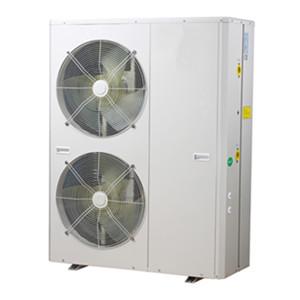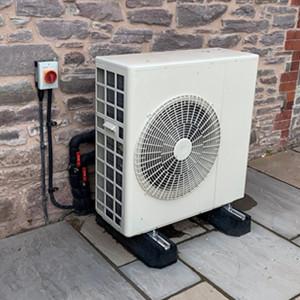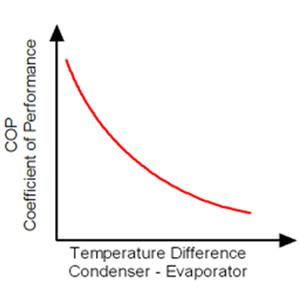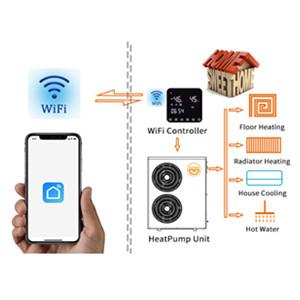Air Source Heat Pump Area Required
Renewable heating and energy have grown in popularity in recent years, largely thanks to the development of renewable heating systems and technologies that have made it easier to implement green heating and energy options throughout the home. There are many benefits to using a regenerative heating system, and you can install a range of effective options; whether it's alongside your existing heat source, creating an integrated heating system, or as your only independent heat source.
Among the options for regenerative heating systems, heat pumps are one of the best to install because they can operate year-round. For heat pumps, you have two options, ground source heat pumps and air source heat pumps. Both have pros and cons, but the good news is that both technologies are eligible for Renewable Heat Incentives (RHI).
We're often asked what it takes to install a heat pump in someone's home, or how much space they need to get a heat pump system to work in their home. At Leomon, we have extensive experience and knowledge in heat pumps, having installed countless systems for a range of clients. This article looks at exactly how much space is needed to install a heat pump, some misconceptions about heat pump systems, and an overview of the basics you need to know about heat pumps and why they are a good choice for you.

Air source heat pump
The external unit of a home air source heat pump is no larger than a washing machine, and can be placed anywhere fresh air (or ambient air flow) is flowing well and there is a little breathing room. To reduce installation costs, the heat pump can be connected to a buffer tank inside through an existing flue (vent or steam outlet on the outside of your home), but the box can also be wall mounted behind the garage or hidden in the garden if you are concerned about aesthetics inside.
In terms of power output, there are several options to choose from, depending on how much heat you need, but 5kW, 8kW, and 12kW systems should suffice for most homes, provided they have a basic level of insulation. As a guide, 1 kW of heat is typically required per 10 square meters of home to heat (subject to insulation and heat loss).
Ground source heat pump
Ground source systems are not as easy to install as air source systems, nor are they as compact. Ground source heat pump piping systems can be laid in one of two ways - horizontally in trenches or vertically in boreholes. To get an idea of how much space you need, the Alternative Technology Center recommends 50 to 80 meters of piping per kilowatt for standard ground source heat pumps, or just 10 meters of "tight" coil. Our rule of thumb is that a standard grooved circulation system requires approximately twice the total floor area of each floor of your home.
As long as the ground has the proper porosity to conduct heat, the area is systematically divided and long trenches are dug, and pipes are then laid approximately 1.2 meters below ground. Since this can do quite a bit of damage to your garden, it's best to combine heat pump installation with some major garden makeovers. Drilling holes require less horizontal space, but whether they are suitable depends on the geographic location of your home, and the drilling process can be quite expensive.
The size of the surge tank and hot water tank will depend on the size of your home, but in general, all internal components should fit within a small utility room.
If you have any questions about heat pumps, please contact us. We can answer your questions and help you determine the best renewable heating system for your requirements.





